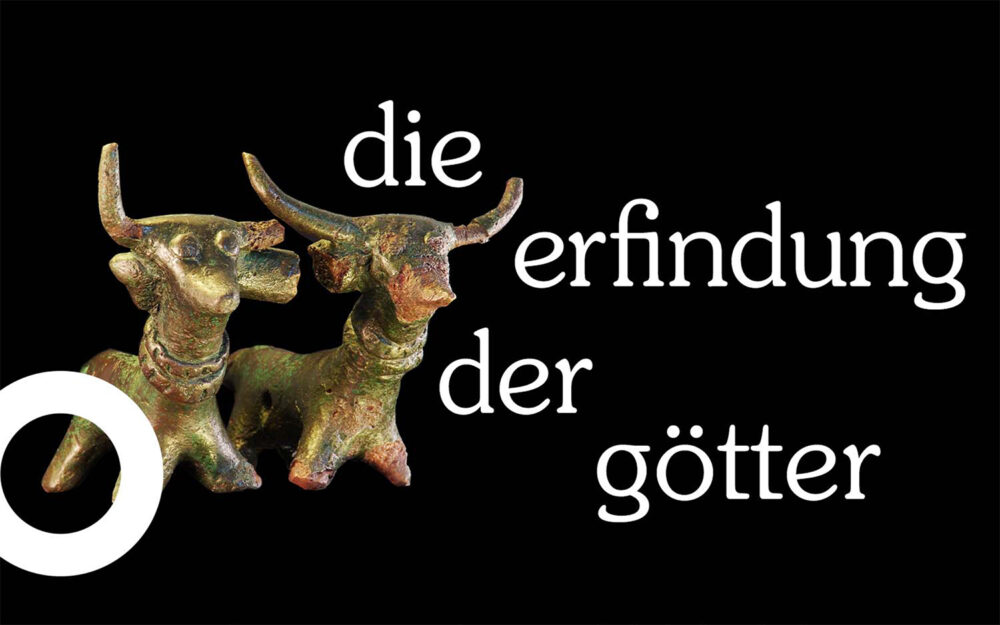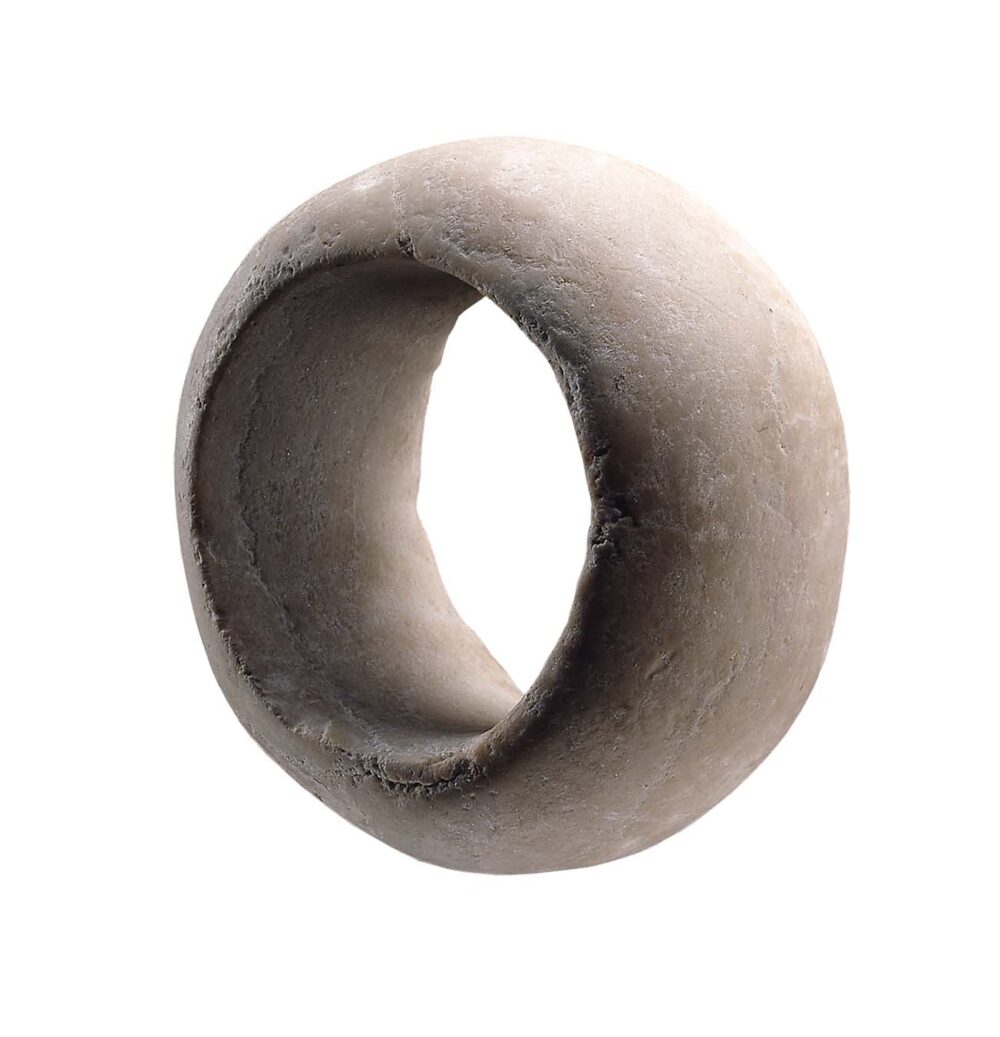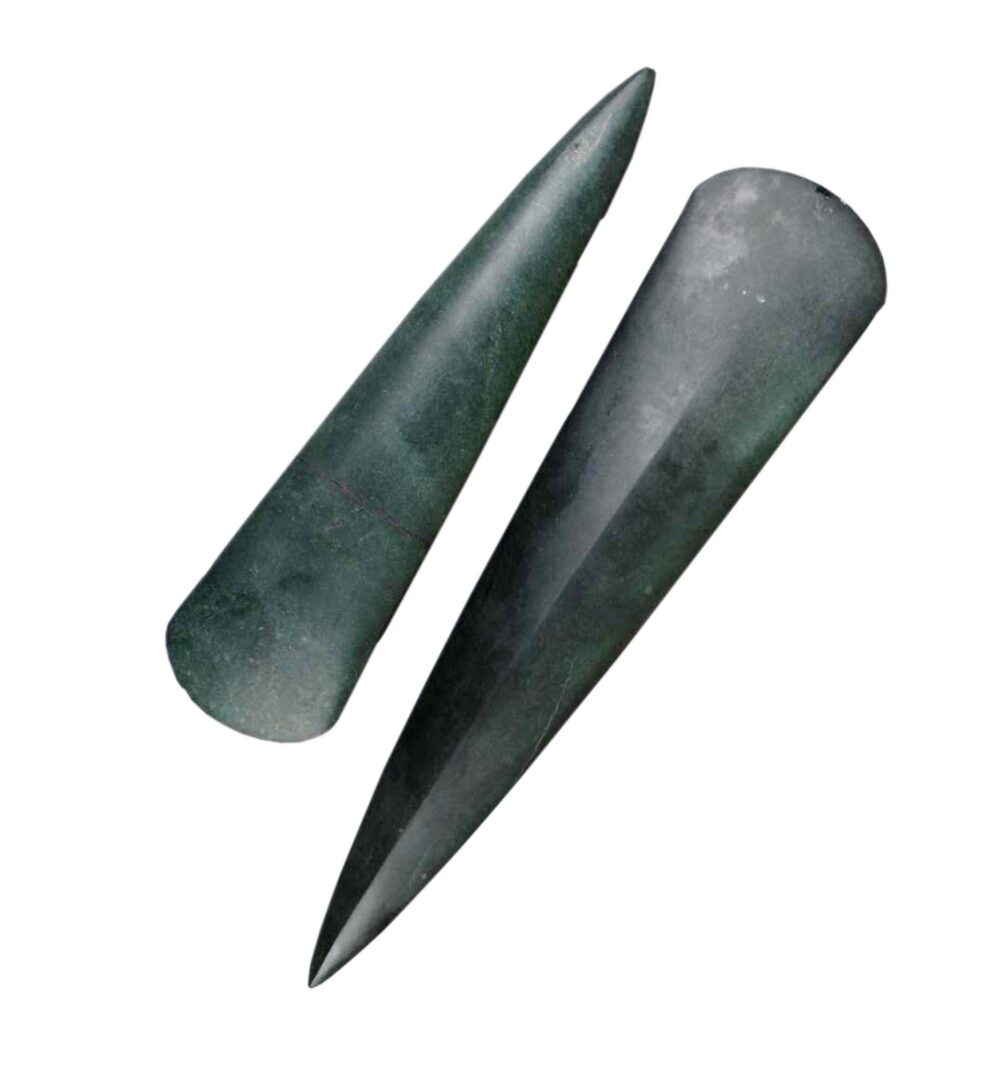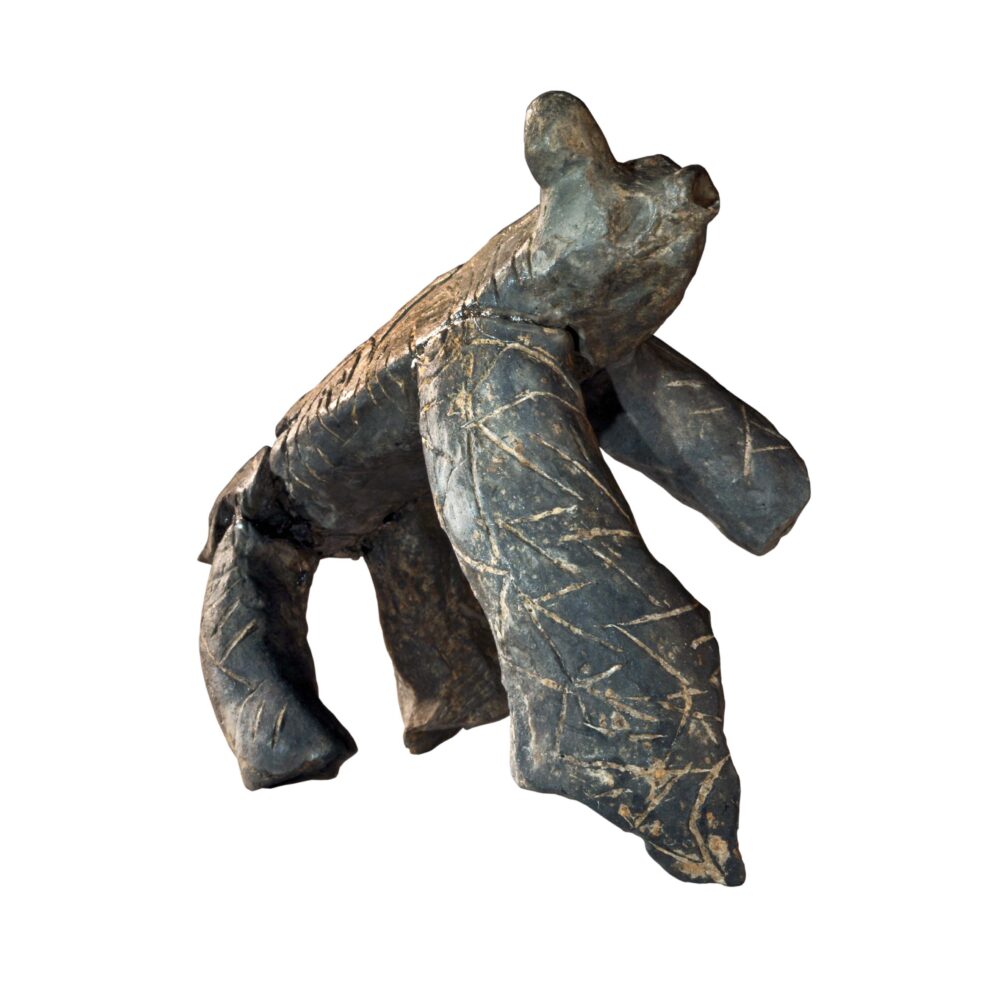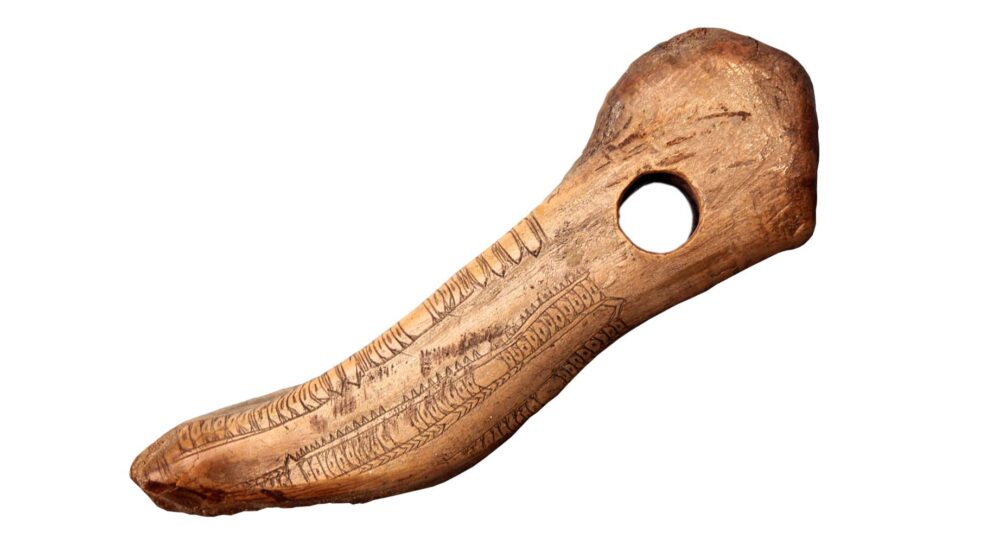Brave New World - Stone Age Parallel Societies
Agriculture caused a huge increase in population and the resulting migration movements. The first farmers came to what is now Lower Saxony around 7.500 years ago. With their completely new way of life, they met with rejection from the "natives" living there as hunters and gatherers. Because agriculture not only brought advantages: It also meant more work, illness, less freedom and greater dependence on the forces of nature. This created a unique contact zone between Harz and Heide, in which two completely different societies met and developed in parallel. Trade and marriage eventually brought the two groups closer, a process that took 1.500 years.

